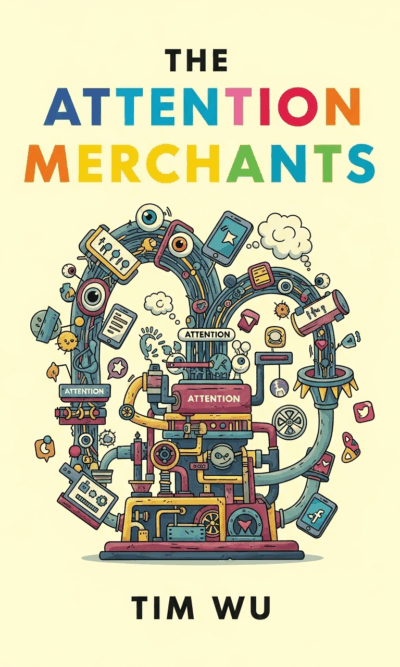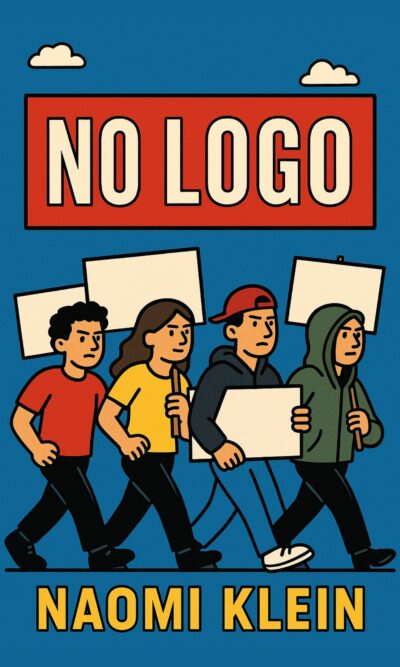Description
Drug cartels are often thought of only as violent gangs, but in reality, they operate much like large international companies. They hire people, manage supply chains, compete with rivals, and even use branding strategies to shape their image. Narconomics takes us inside this hidden world and shows how economics explains the rise, strength, and survival of drug cartels.
The so-called “war on drugs” began in the 1970s, with governments focusing mostly on cutting supply. The idea was simple: destroy coca fields or marijuana crops, and the market would shrink. But reality did not follow the plan. Instead, the cartels simply moved operations to other areas, just like squeezing a balloon makes air shift but never disappear. This “balloon effect” proved that stopping supply in one place only pushes the trade somewhere else. Farmers, who are usually poor and powerless, took the hardest hit, while cartels adapted quickly and continued making money.
Cartels understand economics very well. When supply is reduced, the price of drugs rises. Consumers are still willing to pay, so the cartels often end up with the same or even greater revenue. This shows why targeting farmers and crops is ineffective. The real power lies with the cartels, who act as monopsonies – meaning they are the only buyers and control the prices farmers get.
One of the biggest challenges for cartels comes from legalization. When governments legalize drugs, such as marijuana, cartels lose control of a major market. Legal businesses can grow higher-quality products under safe conditions, sell them openly, and even advertise their quality. In states like Colorado, legalization not only provided safer products for consumers but also generated millions in tax revenue. Legal competition forces cartels to lower their prices, reducing their profits. At the same time, consumers benefit from more safety, transparency, and choice.
Inside their own world, cartels can behave in two different ways: through competition or collusion. In Mexico, competition often takes the form of violent wars between groups. Entire cities have been torn apart by battles between rival cartels, leaving tens of thousands dead. On the other hand, in countries like El Salvador, some gangs have chosen collusion instead. They divide territories, set high prices, and share profits. While this does not reduce drug use, it does reduce violence because the rivalries calm down. For communities, collusion brings an odd benefit: fewer murders, though the drug trade itself remains strong.
Like any business, cartels need workers. But they cannot advertise job openings. Instead, they recruit in places like prisons, where inmates have few prospects once released. For many, joining a cartel seems like the only stable job opportunity. Some cartels even assign inmates tasks while still in prison, ensuring loyalty once they are free. To solve internal trust problems, cartels often build strict hierarchies, with generals, captains, lieutenants, and soldiers. These structures make leaders accountable and prevent them from abusing their power. In some cases, leaders can even be voted out, creating checks and balances inside an illegal organization.
Cartels also try to shape their public image. Just as companies engage in corporate social responsibility, cartels sometimes present themselves as protectors. They donate money to churches, hand out aid to poor families, or pay for community projects. Some even put up billboards claiming they protect women and children, trying to appear as the “better” cartel compared to their rivals. In communities where governments fail to provide security or welfare, these gestures give cartels legitimacy, even though their money comes from crime.
Another way cartels maximize profits is through offshoring. Similar to big corporations moving factories overseas, cartels move operations to countries with weaker law enforcement and more corruption. Honduras, for example, became a major hub for cocaine trafficking because its institutions were too weak to resist. This not only protects cartel profits but also makes enforcement harder for other governments. To fight back, international organizations publish corruption rankings, pressuring countries to improve governance.
Franchising is another model cartels borrow from legal businesses. Groups like Los Zetas have expanded by creating local franchise partners. Instead of fighting every small gang in a region, they allow local leaders to join their network in exchange for a share of profits. This reduces conflict and spreads their influence. But franchising also creates risks: too many franchisees can compete with each other, reduce revenue, and weaken central control. Mistakes by local partners can also bring unwanted attention, making the entire organization vulnerable.
Cartels also innovate in product development. Synthetic drugs, for example, create new opportunities. When one synthetic drug becomes illegal, chemists simply alter its formula to create a slightly different – but technically legal – product. This constant cycle of adaptation keeps regulators chasing after them. Some governments, like New Zealand, have shifted responsibility onto manufacturers, requiring them to prove safety before selling. This approach attempts to break the endless cycle of new synthetic drugs hitting the market.
Just as large companies diversify, cartels also expand beyond drugs. One of the most profitable side businesses has been human smuggling. With stricter border controls, many people trying to cross into the United States pay cartels thousands of dollars for passage. Unlike drug shipments, which can be seized, payments for human smuggling are often collected upfront. This makes it a reliable source of revenue. For cartels, it is just another “product line,” using the same smuggling routes and methods they already control.
The big lesson of Narconomics is that cartels operate like businesses. They face the same challenges as corporations: recruiting talent, keeping workers loyal, competing with rivals, diversifying, and shaping public opinion. They even use similar strategies to expand, protect profits, and adapt to market changes.
What makes the fight against them so difficult is that governments often treat them as gangs, not as businesses. By focusing only on supply destruction, authorities ignore the economic logic that allows cartels to thrive. Legalization, regulation, and tackling corruption may be more effective tools than simply spraying fields or locking up small farmers.
In the end, drug cartels are not just violent criminals; they are businesspeople working in one of the most dangerous and profitable markets in the world. Understanding them through the lens of economics does not excuse their crimes, but it does help us see why they survive, why traditional strategies fail, and what might actually weaken them.





